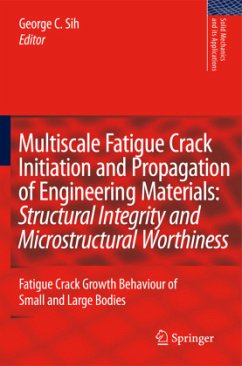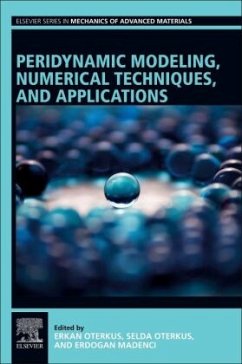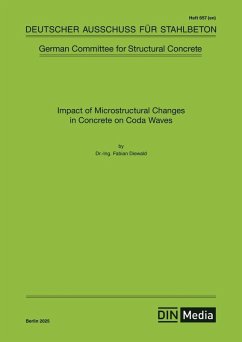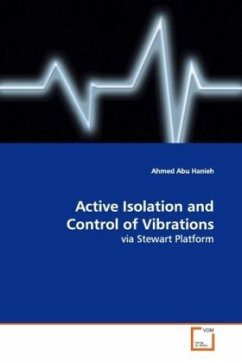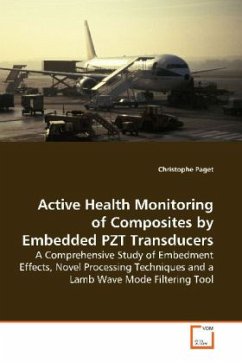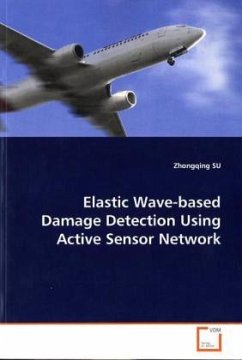
Nonlocal Microstructural Mechanics of Active Materials
Long-Range Interactions in Peridynamics and Electrostatics
Versandkostenfrei!
Versandfertig in 6-10 Tagen
32,99 €
inkl. MwSt.

PAYBACK Punkte
16 °P sammeln!
This works deals with two problems in the mechanicsof active materials with long-range interactions.Classical PDE continuum models of active materialsare not closed, and require nucleation and kineticinformation or regularization as additionalconstitutive input. We examine this problem in theperidynamic formulation, a nonlocal continuum modelthat uses integral equations to account forlong-range forces that are important at small scales,and allows resolution of the structure of interfaces.We then consider the design of ferroelectricoptoelectronic circuit elements. Free surfaces andelectrodes on...
This works deals with two problems in the mechanics
of active materials with long-range interactions.
Classical PDE continuum models of active materials
are not closed, and require nucleation and kinetic
information or regularization as additional
constitutive input. We examine this problem in the
peridynamic formulation, a nonlocal continuum model
that uses integral equations to account for
long-range forces that are important at small scales,
and allows resolution of the structure of interfaces.
We then consider the design of ferroelectric
optoelectronic circuit elements. Free surfaces and
electrodes on these devices generate electrical
fields that must be resolved over all space. These
fields enhance the role of geometry in the
electromechanical response of these materials, and
give rise to strong size and shape dependence. We
describe a computational method that transforms this
problem into a local setting in an accurate and
efficient manner. We apply it to three examples:
closure domains, a ferroelectric slab with segmented
electrodes and a notch subjected to
electro-mechanical loading.
of active materials with long-range interactions.
Classical PDE continuum models of active materials
are not closed, and require nucleation and kinetic
information or regularization as additional
constitutive input. We examine this problem in the
peridynamic formulation, a nonlocal continuum model
that uses integral equations to account for
long-range forces that are important at small scales,
and allows resolution of the structure of interfaces.
We then consider the design of ferroelectric
optoelectronic circuit elements. Free surfaces and
electrodes on these devices generate electrical
fields that must be resolved over all space. These
fields enhance the role of geometry in the
electromechanical response of these materials, and
give rise to strong size and shape dependence. We
describe a computational method that transforms this
problem into a local setting in an accurate and
efficient manner. We apply it to three examples:
closure domains, a ferroelectric slab with segmented
electrodes and a notch subjected to
electro-mechanical loading.



